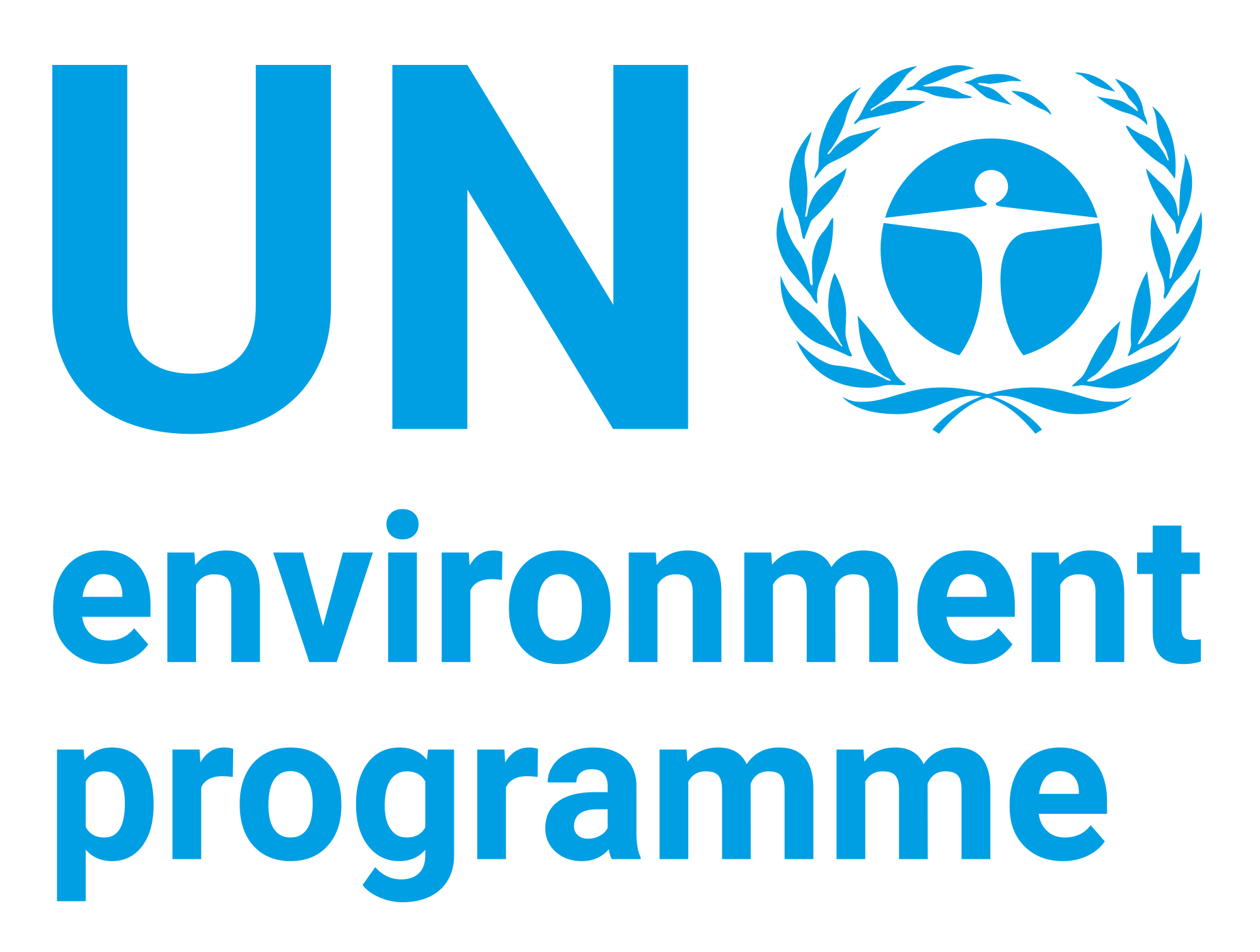| dc.contributor | Ecosystems Division | en_US |
| dc.contributor.author | Wildlife Conservation Society Madagascar | en_US |
| dc.contributor.author | Western Indian Ocean Program | en_US |
| dc.date.accessioned | 2018-07-06T07:53:59Z | |
| dc.date.available | 2018-07-06T07:53:59Z | |
| dc.date.issued | 2018 | |
| dc.identifier.uri | https://wedocs.unep.org/20.500.11822/25698 | |
| dc.description | The Western Indian Ocean (WIO) has been identified as a global hotspot for chondrichthyan diversity (Dulvy et al. 2014), with 130 shark, 86 batoid (wedgefishes, skates and rays) and 11 chimaera species identified to date. The WIO is one of four global hotspots for chondrichthyan evolutionary distinctiveness (Dulvy et al. 2014), giving the region’s chondrichthyans a high irreplaceability index (Stein et al. 2018), and highlighting the need for their conservation | en_US |
| dc.format | Text | en_US |
| dc.language | English | en_US |
| dc.publisher | United Nations Environment Programme | en_US |
| dc.rights | Public | en_US |
| dc.subject | Indian Ocean region | en_US |
| dc.subject | living marine resource | en_US |
| dc.subject | marine resources conservation | en_US |
| dc.subject | fishery | en_US |
| dc.title | Conservation and Management of Chondrichthyans (Sharks, Rays and Chimaeras) In the Western Indian Ocean | en_US |
| wd.identifier.sdgio | http://purl.unep.org/sdg/SDGIO_00000050 | |


